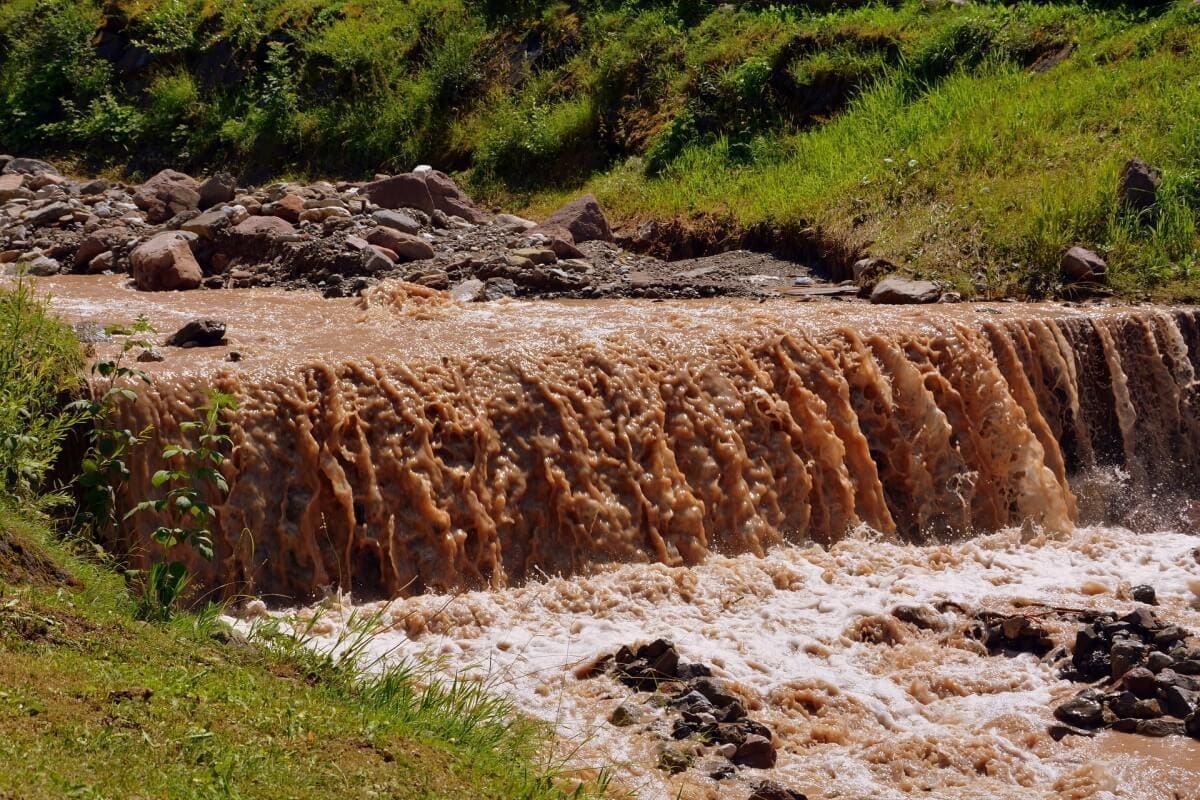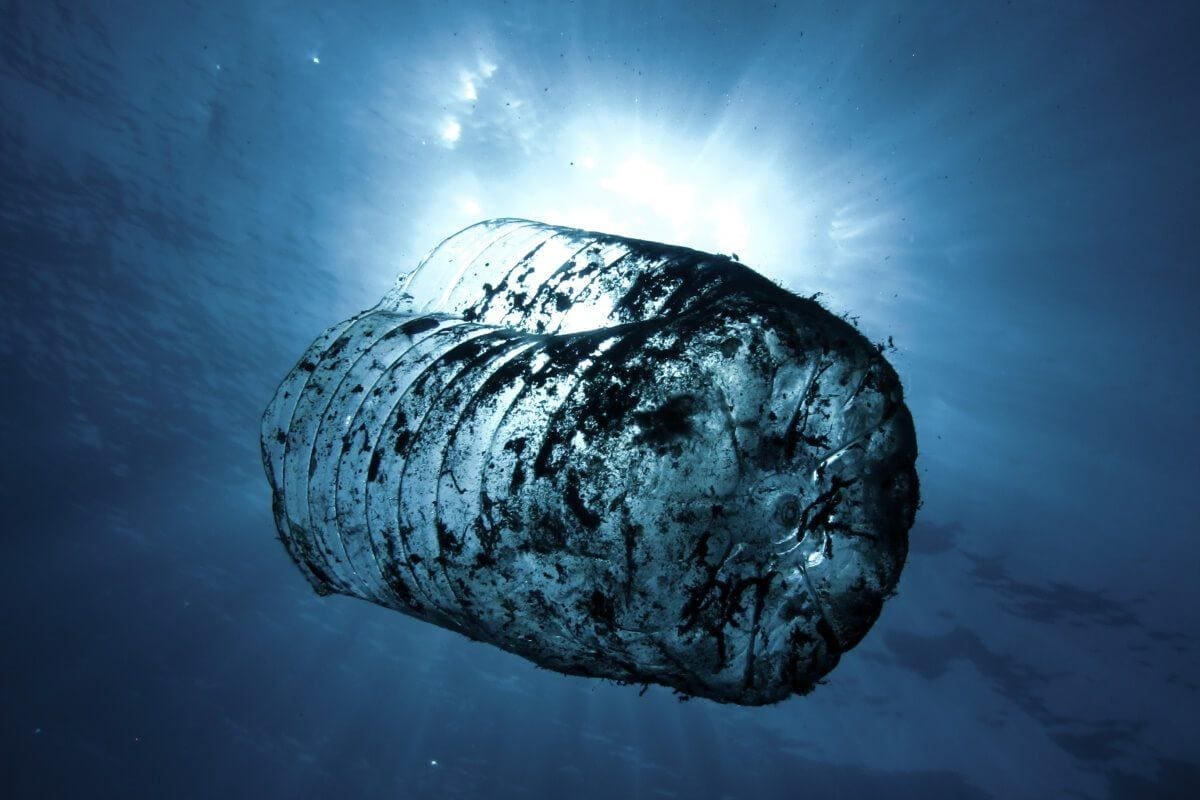Exxon Valdez Remembrances
It is not immediately known what effect the oil would have on marine life, but it is estimated that it could be deadly for years to come.
An oil spill off the California coast could threaten or kill marine life, threaten or destroy the ecosystem and even contaminate drinking water, said Santa Barbara attorney John Carriero, who represents one of the local residents. fishermen who were affected during the spill.
The spill has caused a layer of chemicals, called polychlorinated biphenyls (PCBs), to settle at the base of the oil slick. This type of chemical is a compound commonly used in industrial cleaners and in certain foods because it is safe when mixed with natural oil. However, the body cannot break it down without damaging internal organs, Carriero said.
Recent history of oil spills in the ocean
Approximately 11 million gallons of crude oil leaked from the Exxon Valdez ship on March 24, 1989. State and federal agencies responded quickly, closing the spill site and placing restrictions on shipping and fishing on alert.
Years later, more than six million gallons of oil began to leak into the Pacific Ocean from the Exxon-Mobile platform. The spill was contained in less than three weeks, although the ecological impact has not yet been fully assessed.
The California Oil Spill Compensation Laws protect public health and the environment from environmental damage due to oil spills, but do not specifically protect against harm to marine life.
The federal Environmental Protection Agency, EPA, has determined that an oil spill can cause serious harm to marine mammals and other marine life living on the ocean floor, but concluded that the damage caused is not expected. by the spill cause death or substantial financial harm to humans through the food chain.
In determining that an oil spill poses a threat to public health or the environment, EPA considers the extent of the damage and the potential for future damage, both immediate and long-term.
Tragic Memories of Other Spills: The Exxon Valdez
In the Los Angeles Times article, “After the oil spill, what's next?” by Thomas Keneally, he discussed the Exxon-Mobile oil spill case and the response of various agencies.
In the article, Keneally stated: “There is no record of deaths or serious illnesses caused by the oil spill. There are rumors of deaths and mutilated people. But it's more important to know what the long-term effects might be, because we have a responsibility to our children and grandchildren to protect their health.
Why wait until disaster strikes before taking such action?
This article has been referenced to include information on the containment of the oil spill, the containment boom that helped contain the oil spill, and information on cleanup efforts. California's green belt system requires companies to disclose and test pipes and tanks in accordance with state law and the Environmental Protection Agency. In Los Angeles, it was feared that the explosion could affect birds and wildlife habitat, including fish, if the oil it seeped into the sea.
According to Keneally, “That means that if a million gallons of this stuff washed up on the beach, it would be bad for the ecosystem and very bad for birds and fish.” The explosion didn't come close to that record, but it was close enough to affect the ocean's delicate currents. Fish, birds and other forms of ocean life cannot swim or breathe oil, so their death is imminent without recovery being possible. The fish die quickly, but it is not known how quickly or how long they can succumb to the toxic fumes.
The researchers were able to conclude that the toxic fumes emitted during the spill may be affecting life at sea for at least six months, but could be much longer. Fish and animals die slowly over time, but the symptoms produced by these emissions are often more than enough to kill any living thing. That is why it is so important that no oil reaches the ocean when it rains or snows, or that no material can pass through the existing infrastructure. If the rupture was not contained in some way, this could have had disastrous consequences for marine life along the southern California coast. It is also worrisome that another major spill occurs in an area that is already prone to spills.
California's beaches were still relatively safe from the threat of oil spills, but this spill, caused by the rupture of a marine pipeline, continues to remind us that it is not just burning oil that pollutes.
Much can be done to minimize the damage and death toll from these incidents, but the beaches and ocean waters are home to many species of animals, some are fragile and dependent on a food chain stable.
Mother Nature needs a chance to adapt.
The answer to this problem?
Only the implementation of clean energies and reducing dependence on plastic are the solution.
Frequently asked questions from our readers:
conservation leak ecological disaster petroleum Marine life
Last modified: April 14, 2024










